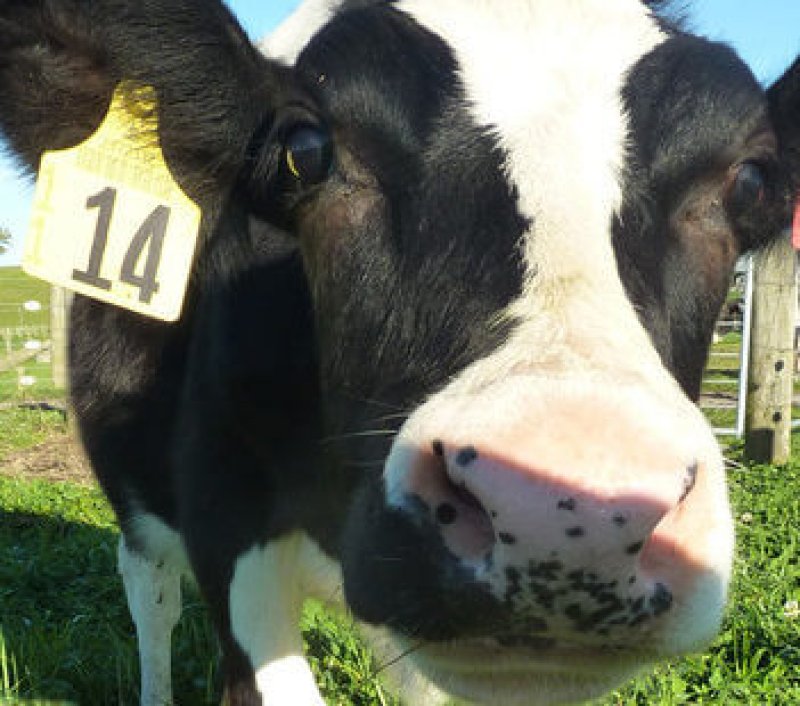In 2012, Daisy the genetically engineered dairy calf made headlines around the world after researchers at AgResearch used a genetic intervention called RNA interference to target a particular cow milk protein known to be allergenic.
The team, led by Dr Goetz Laible, succeeding in proving they could knock down beta-lactoglobulin (BLG), which form large part of the allergic reactions two to three per cent of infants have to cow’s milk.
But the breakthrough posed another big question: would the same genetic trait carry on in Daisy’s offspring?
…
Milk was taken from the calves – born from eggs taken from Daisy, fertilised and placed in surrogate cows – through induced lactation.
Results showed no detectable levels of BLG – a finding the team expected would also be seen when the animals lactate naturally with breeding next spring.
“We’d wanted to demonstrate that the changes we had seen in Daisy were stable and could be transmitted to the next generation,” Laible said. “That’s really what you need, otherwise you end up with just one animal and one generation having the phenotype or characteristics that you intended.”
…
[This doesn’t] mean we [can] expect a new line of hypo-allergenic hitting supermarket shelves any time soon … There [is] much about the milk’s functionality and potential benefits – along with any safety concerns or negative consequences for processing – that still [has] to be explored.
The GLP aggregated and excerpted this blog/article to reflect the diversity of news, opinion, and analysis. Read full, original post: GE cow’s offspring show ‘super-milk’ potential































